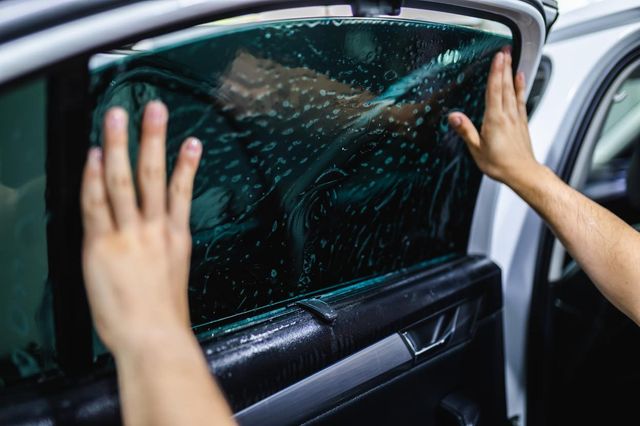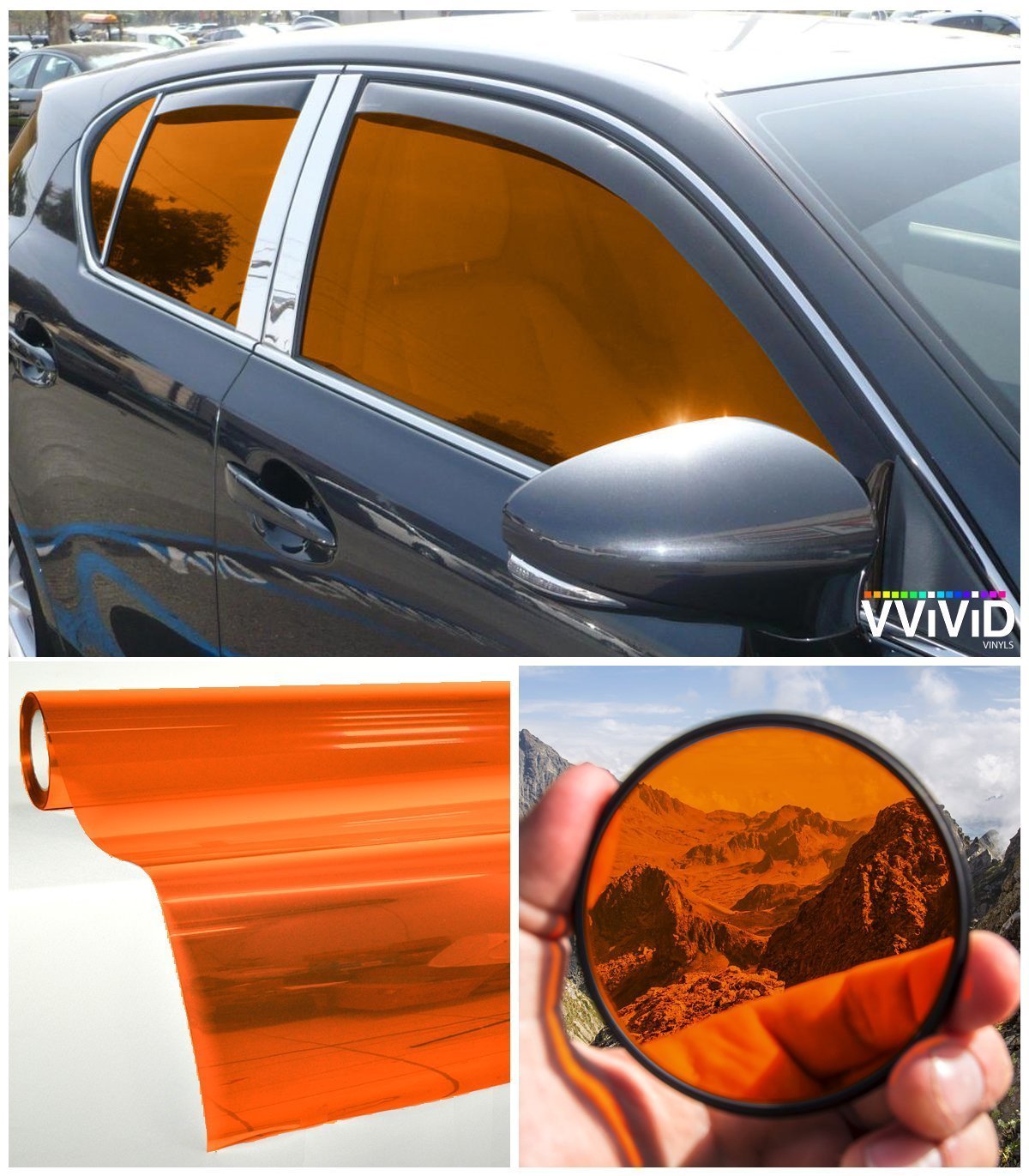Just How Vehicle Window Tinting Maintains Your Lorry Cool in Heat
Wiki Article
Home Window Tinting Regulations and Guidelines: What You Required to Know Prior To Tinting Your Car
Prior to continuing with window tinting for your automobile, it is important to familiarize yourself with the diverse laws and standards that govern this practice across different states. These guidelines dictate the permitted degrees of tint darkness, often gauged by noticeable light transmission (VLT) percentages, and include specific stipulations for front windshields aimed at making sure road safety and security.Summary of Window Tinting Rules
Home window tinting regulations are frequently subject to variation across different jurisdictions, reflecting regional regulations and security considerations. These legislations dictate the permissible levels of color darkness and reflectiveness on automobile windows, ensuring that motorists preserve appropriate exposure while likewise safeguarding against unsafe UV rays and warm.Most laws identify window tinting based upon the Visible Light Transmission (VLT) portion, which suggests the quantity of light that can travel through the home window. Generally, lower VLT portions signify darker tints. Legislations commonly separate in between the front, side, and rear home windows, with more stringent constraints put on the front windshield to boost security for both the driver and various other road customers.
Furthermore, some jurisdictions impose limitations on the reflectivity of the tint, stopping extreme glow that might impair presence. Exceptions to these laws may exist for individuals with specific medical problems needing additional sun security. Conformity with home window tinting policies is important, as violations can result in penalties, compulsory removal of the color, and possible rises in insurance premiums. Consequently, it is essential for lorry proprietors to acquaint themselves with neighborhood laws before continuing with home window tinting installments.
State-by-State Color Rules
Recognizing the certain window tinting regulations in each state is important for vehicle proprietors seeking to adhere to the regulation. Each state in the united state has developed its very own collection of guidelines controling home window tinting, which can differ substantially. These policies usually determine the allowable levels of tint darkness, the kinds of home windows that can be tinted, and any kind of medical exceptions that may use.For instance, states like California have rigid constraints on color darkness for front windows, while others, such as New Mexico, might enable darker tints. In addition, particular states mandate certain presence portions for different windows, including the windscreen, front side home windows, and rear windows. It is important for cars and truck proprietors to acquaint themselves with their state's laws to avoid prospective fines or penalties.
In addition, some states might require a qualification sticker to be put on tinted home windows, suggesting conformity with state regulations. Failure to stick to these laws not only risks lawful consequences but can additionally affect safety and exposure while driving. Car proprietors should perform complete research or speak with neighborhood authorities to make sure complete understanding and conformity with state-by-state tint policies.
Allowed Tint Kinds and levels
Several lorry owners might be amazed to learn that enabled color degrees and types differ widely across various states. Each state has actually established its very own laws regarding the acceptable darkness and reflectivity of home window tint, often determined by Visible Light Transmission (VLT) portions. VLT refers to the quantity of light that can travel through the colored home windows; therefore, a lower percentage shows a darker tint.
Moreover, the kinds of color products enabled can vary, with some states banning metallic or mirror-like surfaces. It is necessary for vehicle proprietors to acquaint themselves with their state's particular a fantastic read legislations to ensure compliance. Non-compliance can cause penalties, obligatory removal of the color, or various other lawful repercussions, making it essential to recognize these laws prior to waging installation.
Medical Exemptions for Tinting
While not all states supply allocations for clinical exemptions concerning window tinting, those that do recognize the necessity for specific people to improve visibility and convenience due to clinical problems. Numerous clinical conditions, such as lupus, skin cancer cells, and particular eye disorders, can render individuals especially conscious sunshine. These individuals may call for darker colors to shield themselves from harmful UV rays and glow.
It is essential to keep in mind that despite having a clinical exemption, there may still be restrictions on the level of color enabled. Conformity with state legislations makes certain that people are both protected and within legal restrictions. Those thinking about clinical exemptions ought to contact their neighborhood Division of Motor Automobiles or equal authority to understand the procedures and demands necessary to apply for an exception efficiently.
Charges for Non-Compliance
Failing to abide by window tinting laws can bring about substantial penalties, which vary by state. Police are equipped to provide citations for cars that do not stick to the specified tinting regulations. These charges typically include fines, which can range from small amounts to several hundred dollars, depending upon the extent of the violation and the state concerned.In some jurisdictions, repeated offenses might lead to escalating penalties or additional penalties, such as required court looks. Additionally, non-compliance might demand the elimination of illegal tinting, typically at the owner's cost. In severe cases, habitual culprits might deal with suspension of their car registration till conformity is my response achieved.
In addition, insurance coverage ramifications navigate to this site might emerge from receiving numerous citations for window tint infractions. Insurance firms may view such offenses as a sign of riskier habits, potentially bring about boosted premiums or difficulty in coverage.
To stay clear of these charges, it is important for automobile owners to acquaint themselves with their regional window tinting regulations and guarantee that their car complies (Window Tinting). This proactive strategy not just prevents lawful implications but likewise advertises road safety
Verdict

A lot of guidelines classify window tinting based on the Visible Light Transmission (VLT) percent, which shows the quantity of light that can pass via the home window. Conformity with home window tinting policies is essential, as infractions can result in penalties, required elimination of the tint, and prospective boosts in insurance policy premiums.Comprehending the specific window tinting regulations in each state is crucial for vehicle owners seeking to abide with the law. These regulations frequently dictate the allowable levels of tint darkness, the kinds of home windows that can be tinted, and any type of medical exceptions that might apply.
For circumstances, states like The golden state have strict constraints on color darkness for front home windows, while others, such as New Mexico, might enable darker colors.
Report this wiki page